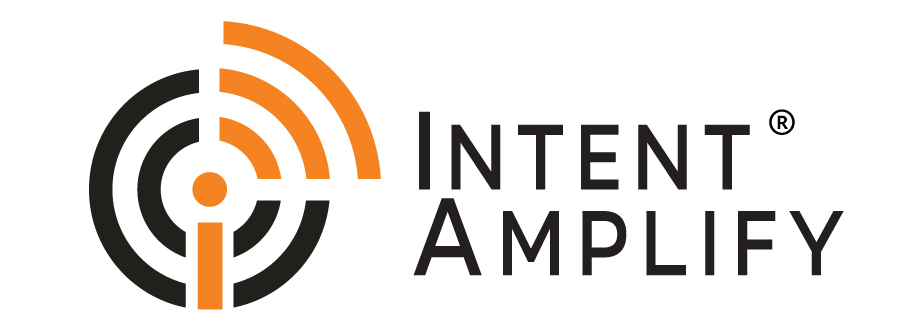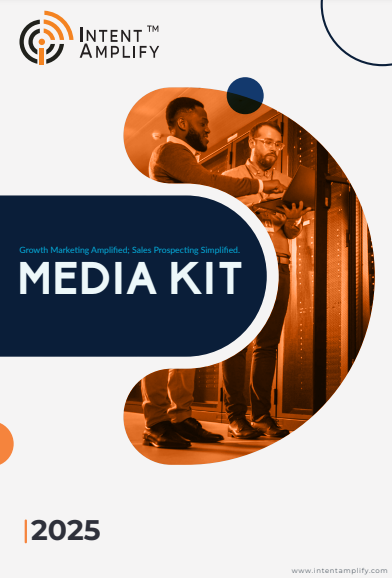
B2B Lead Nurturing: Building Relationships to Close More Deals
- Last updated on: November 16, 2023
A good marketer knows that he needs to feed the top of the sales funnel with leads. But a smart marketer knows how to do that. The technique is called – B2B Lead Nurturing. An effective lead nurturing program is what it takes to attract qualified leads and convert them into sales. A prerequisite for effective working though is that your sales and marketing teams should be on one page – meaning they should be well coordinated. If you have made peace with this possibility, let’s move on to the basics of lead nurturing.
What is B2B Lead Nurturing?
When you understand the problems faced by your prospects and lend an honest ear to their exact needs, you are in fact communicating to them a very strong response – that of trust and empathy. These rare and respected qualities make you the people’s choice and they end up becoming your loyal customers. A smart marketer is by nature a good listener – a quality customers are often attracted to. Be available to them across all the channels and you’ll never miss a chance to serve these prospects along their buying journey. Let us now understand what it requires to close deals in a lead nurturing campaign.
Key Components of a B2B Lead Nurturing Campaign
When devising your B2B lead nurturing campaign, it’s crucial to consider the following key elements:
Understand Buyer Personas:
Before creating and implementing a marketing strategy, it’s crucial to have a clear understanding of who your ideal prospects are. This includes knowing their job roles, responsibilities, challenges, and aspirations. Here are a few ways through which you can gain a better understanding of your buyer.
Direct Questioning:
To gain insights into these aspects, the suggestion is to directly ask your conceptualized ideal prospects about their professional goals. This involves posing specific questions that prompt them to articulate what they aim to achieve in their roles.
Forming Buyer Personas:
The information gathered from these inquiries contributes to the creation of buyer personas. A buyer persona is a semi-fictional representation of your ideal customer based on real data and some educated speculation. By understanding the professional motivations of your prospects, you can create more accurate and detailed buyer personas.
Utilizing Existing Customer Base:
The reference to the existing customer base implies that insights gained from current customers can serve as a foundation for understanding potential customers. Analyzing the characteristics and needs of your current customers helps in shaping a more informed and targeted approach toward similar individuals or organizations.
Summary
In summary, the advice is to actively seek information about the professional goals of your target audience, using this information to craft detailed buyer personas. This, in turn, allows for the development of marketing strategies and content that resonates with the specific needs and objectives of your ideal prospects.
Inform and Educate Your Prospects
An essential aspect of closing the sales cycle involves educating prospects about their current position in the buyer journey. This journey can be segmented into distinct phases:
Awareness Phase:
At this stage, the goal is to create awareness and capture the attention of potential customers who may not be familiar with your product or service. Incorporate blog posts that are specifically tailored to align with the interests of your leads. These blog posts should focus on providing valuable information, addressing common challenges, and highlighting the latest trends in the industry. The aim is to position your brand as a knowledgeable and reliable source of information.
Consideration Phase:
In the consideration phase, leads are actively exploring and considering different solutions. The goal is to keep your brand top-of-mind as a viable option. Extend invitations to events such as product webinars or demonstrations. These interactive sessions allow leads to delve deeper into your product or service, gaining a more comprehensive understanding. It’s an opportunity for them to ask questions, see the product in action, and evaluate its potential benefits.
Decision Phase:
This is the phase where leads are making the final decision about whether to purchase from you. The goal is to provide the reassurance and evidence they need to confidently choose your product or service. Share success stories, testimonials, and product reviews. Highlighting positive experiences from existing customers builds trust and credibility. Prospects in the decision phase are looking for social proof that your solution delivers on its promises.
If you’re uncertain about the content to share with your prospects, analyze their past engagements with your resources. Develop pertinent content and conduct A/B tests to determine the most compelling material for your campaign. Identify the pages on your website that receive the most interaction and the types of social media posts they commonly share. Address their pain points for which you have solutions. Develop a hypothesis based on insights from previous prospects and test it.
Re-engage your lost audience
Harness the power of push notifications for both engagement and re-engagement. Solicit customer feedback, provide incentives, and create a sense of urgency to win back customers. Additionally, employ dynamic calls-to-action on your website to re-engage prospects.
- A mail each day will push the customer away
There is a difference between an acceptable frequency of touch-base and bombarding the subscriber with daily, often unsolicited emails. Frequent daily email communications can be not only bothersome but also portray you as excessively persuasive. This may encourage prospects to click on unsubscribe and poof, your chances of conversion are gone! Instead, a better way would be to experiment to identify an appropriate time interval for follow-ups that aligns with your business’s optimal approach.
Enhance your targeting precision by segmenting and categorizing your contacts based on more specific characteristics. This ensures that you provide relevant information to prospects, increasing the likelihood of capturing their attention. Consider segmenting by traits such as Job Title, Age, Location, and Interests.
- Be proactive and take action
Initiate the lead nurturing process without waiting for explicit purchase intent from your prospects. Commence nurturing leads the moment they engage with any aspect of your business, be it through your blog content or any other interaction.
- Leverage content marketing to alleviate prospect pain points
In today’s landscape, buyers are highly empowered and tend to disregard anything resembling a traditional advertisement or promotional campaign. This is where content marketing becomes crucial, focusing on understanding your prospects’ pain points and creating content that effectively addresses and solves those challenges.
Conclusion:
In conclusion, while lead nurturing may be time-consuming, intricate, and demanding, the effort invested is worthwhile when aiming for substantial deal closures. By making adjustments to your content, lead scoring, lead qualification, and other particulars, you can gradually move closer to achieving the conversions you aspire to.




